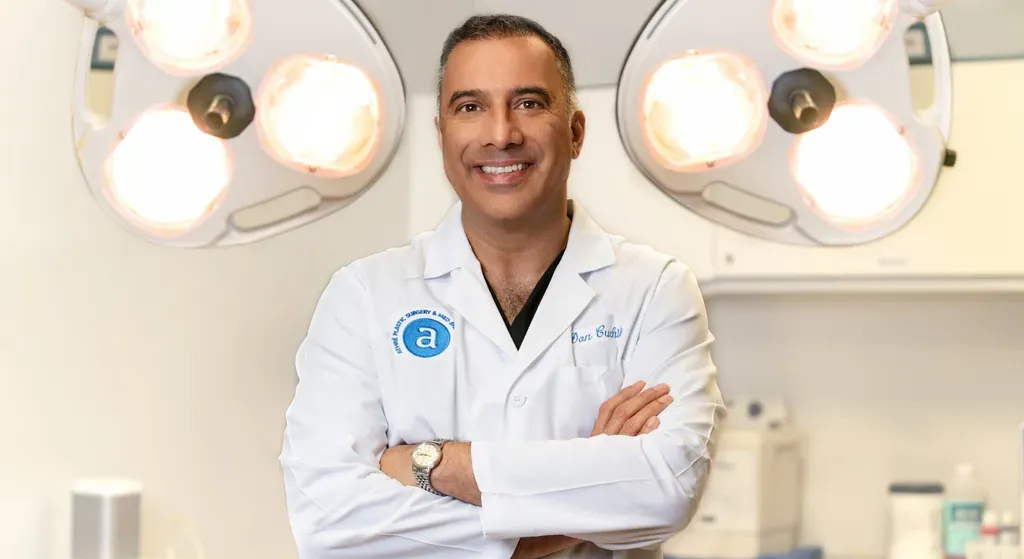
While our entire bodies are affected by aging, it’s no secret that our face is one of the first features that people notice. One of the first areas on the face that becomes affected by aging are the eyes, causing our skin to become less elastic, which can lead to droopy eyelids. This can have a negative effect on our appearance, making us look older and more tired.
Many people with droopy eyelids consider getting facelift surgery to correct this problem. But actually, a facelift mostly focuses on rejuvenation of the mid- to lower-face area. Instead, blepharoplasty or a combination procedure that includes eyelid surgery might be a more suitable option.
The Difference Between Blepharoplasty and Facelift Surgery
You might be familiar with a facelift, but what you might not know is that a facelift alone will not correct all areas of aging on your face. The primary goal of a facelift is to correct the middle to lower areas of the face, such as the cheeks, lips and mouth, chin, and neck. During a facelift, your surgeon will remove any excess fat and skin from these areas while tightening the remaining skin, allowing for a more youthful appearance.
Blepharoplasty is another very popular facial plastic surgery procedure, but its main focus is entirely different than a facelift. Blepharoplasty solely focuses on improving the appearance of the eyelids and any undereye bags. During a blepharoplasty, your surgeon will make small incisions along your natural crease and remove excess skin and fat while tightening the skin. This will correct droopy, tired eyes and refresh your appearance.
Should I Combine a Blepharoplasty with a Facelift?
The choice to combine both a facelift with eyelid surgery depends entirely on your individual concerns and facial anatomy. If you notice signs of aging on your face as well as droopy eyelids, a combination surgery can save you a lot of recovery time while maximizing the potential of achieving your goals. For the best results, it is best to come to our Houston Plastic Surgery practice to consult with a board certified facial plastic surgeon to discuss the best procedures for you.



